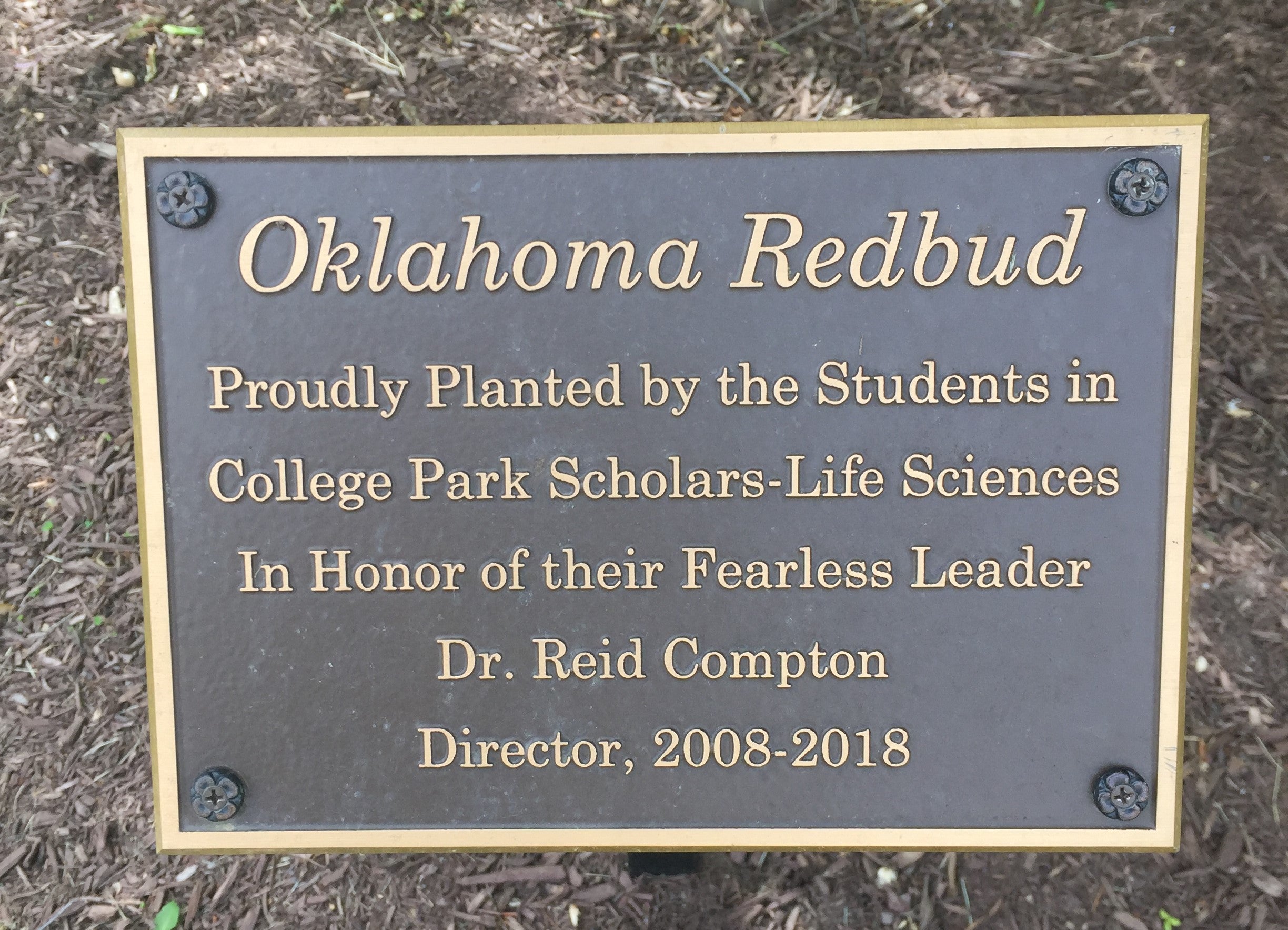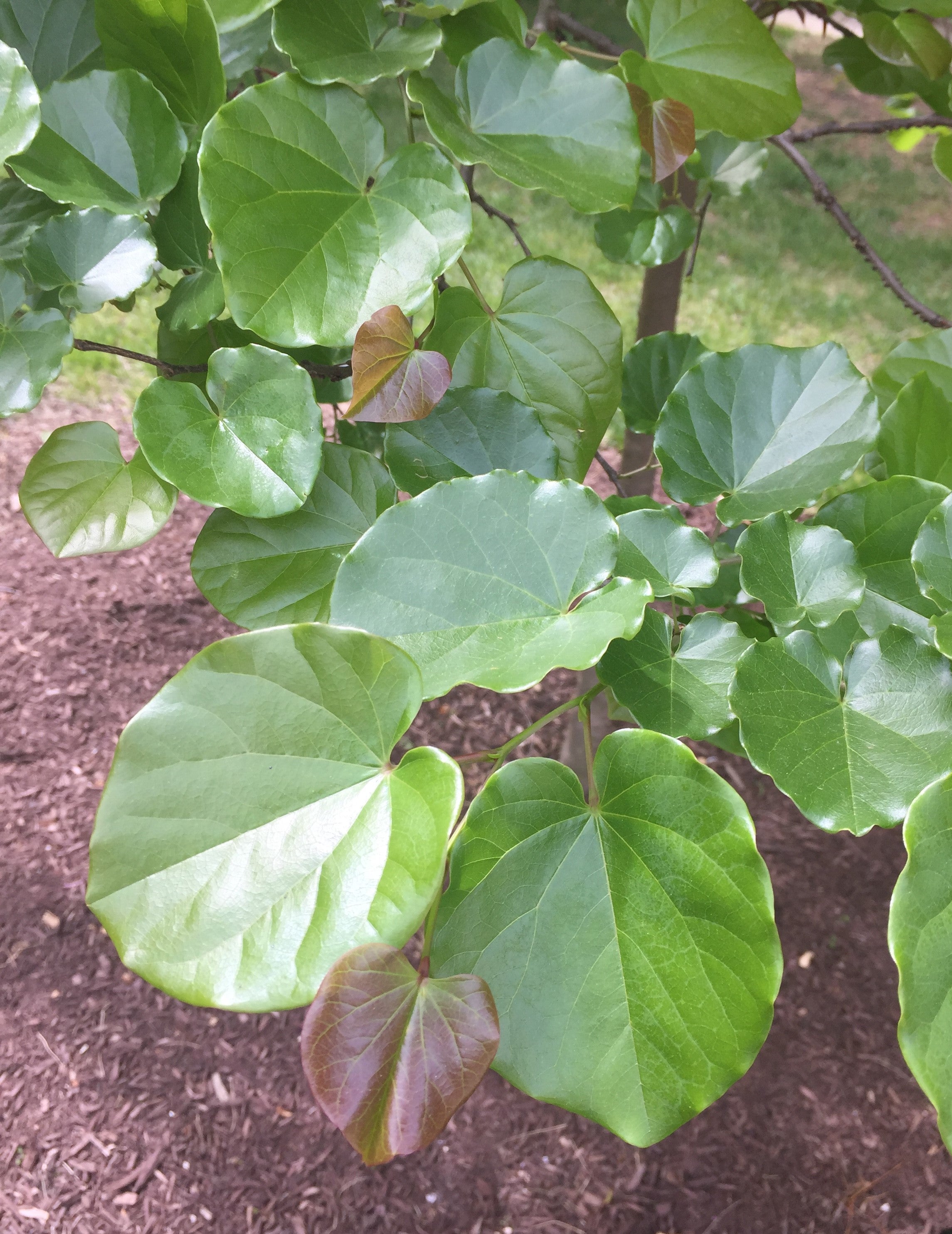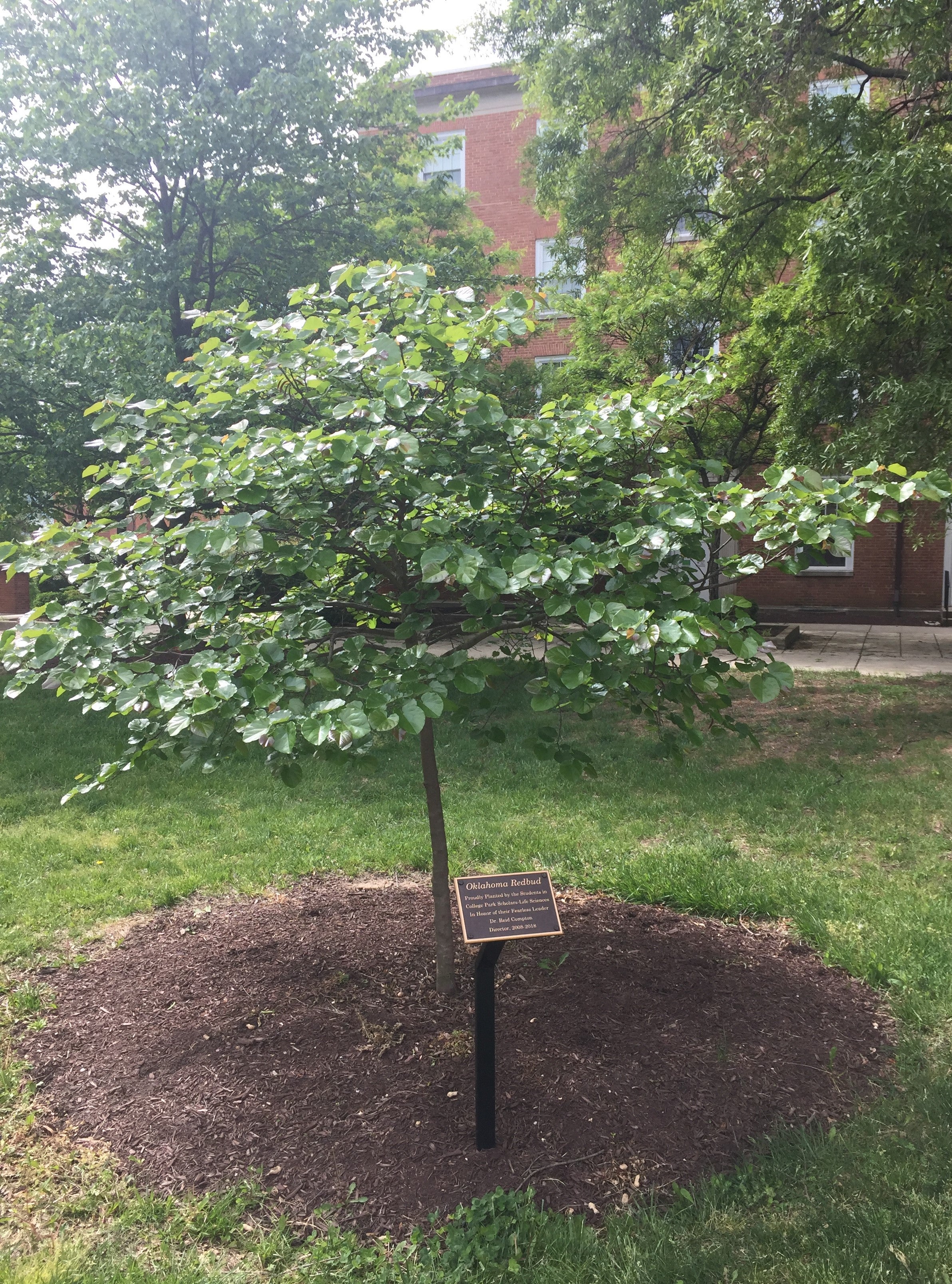Compton, Dr. Reid
About Dr. Reid Compton

A Texas redbud on campus is dedicated to Dr. Reid Compton, the former director of the College Park Scholars Life Sciences Program for 10 years and the current Director of Undergraduate Studies for the Department of Biology.1 A trained biomedical scientist, Dr. Compton received a B.S. in Biology from College of William and Mary and a PhD in Biology from University of Virginia.2 He joined UMD in 1997 as a lecturer in biology and has stayed for 21 years. As director of the Scholars progra, Dr. Compton made an effort to maintain the program’s broad approach to the life sciences rather than focusing on premedical issues. Dr. Compton was recently honored with the Kirwan Undergraduate Education Award at the 2018 Faculty & Staff Convocation for his contributions to students’ education and development.3 “Reid has guided Life Sciences with skill, steadiness and fierce dedication to our core values of applied learning, professional development and intentional community. His efforts have built reservoirs of good will among the program’s many friends across campus. He has further inspired deep loyalty among students,” said Marilee Lindemann, the executive director of College Park Scholars.1 Dr. Compton continues to work with the Scholars program by teaching colloquia for first and second-year students, along with several courses in the biology department.2 According to Arboretum intern Joanna Barton, Dr. Compton has been an excellent advisor in the Biological Sciences department.

About the Texas Redbud
The tree dedicated to Dr. Reid Compton is located just southeast of the Cambridge Community Center. It is a Texas redbud (Cercis canadensis ‘Texensis’), a large shrub or small deciduous tree that grows to be about 10-20 feet in height, but this specific tree is about 7.0 feet tall. The Texas redbud has a native range from southern Oklahoma to northeastern Mexico, stretching through the limestone soils of central Texas, which it owes to being drought-tolerant. It is also commonly referred to as an Oklahoma redbud. Clusters of rose-purple flowers appear in the early spring before leaves emerge, which the redbuds are known for. Leaves are small, dark green, heart to kidney shaped, rounded at the tip, glossy, wavy along the edges, and with some hairs, which help distinguish it from the Eastern redbud along with red-purple seedpods that persist into winter and a shorter stature. The leaves turn gold or red in autumn, and the fruit are flat-reddish brown pods that are pointed at the tip.4


Writen by Joanna Barton
- https://scholars.umd.edu/articles/beloved-life-sciences-director-reid-compton-steps-down-scholars
- https://biology.umd.edu/people/reid-compton
- https://cmns.umd.edu/news-events/news/biologys-reid-compton-receives-2018-kirwan-undergraduate-education-award
- https://www.wildflower.org/plants/result.php?id_plant=CECAT
